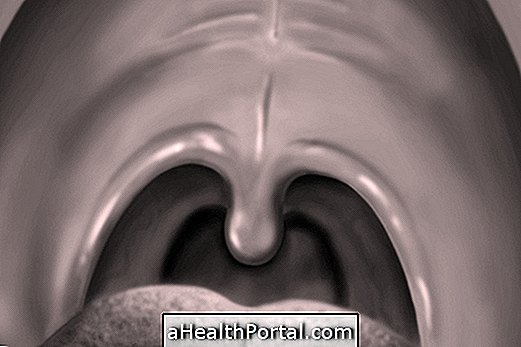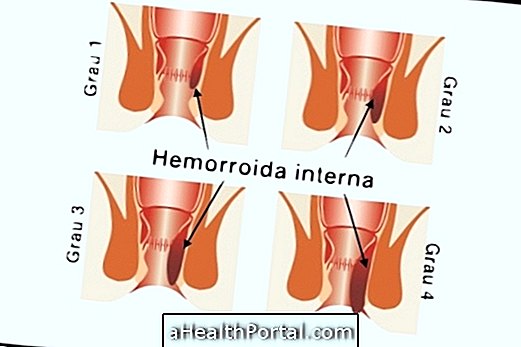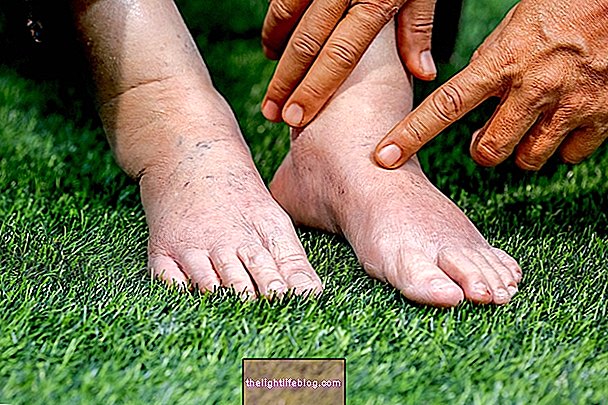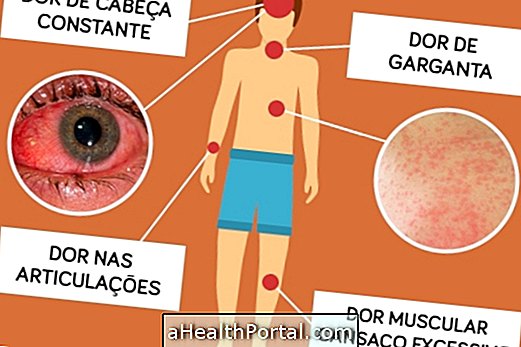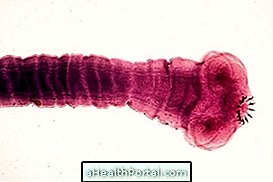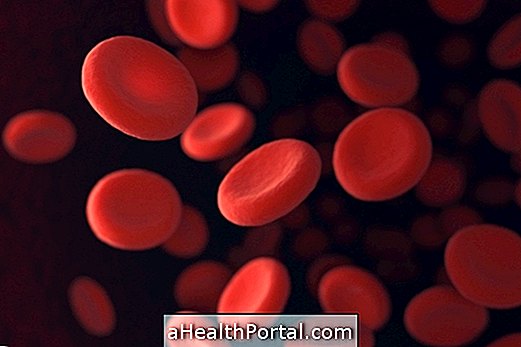Alagille syndrome is a rare genetic disease that severely affects several organs, especially the liver and heart, and can be fatal. This disease is characterized by insufficiency of bile and hepatic ducts, thus leading to the accumulation of bile in the liver, which prevents it from working normally to eliminate waste from the blood.
The symptoms are still present in childhood and may be a cause of prolonged jaundice in newborns. In some cases, the symptoms may go unnoticed, causing no serious damage and in more severe cases it may be necessary to transplant the affected organs.

Possible symptoms
In addition to the insufficiency of bile ducts, Alagille's syndrome causes a diversity of signs and symptoms, such as:
- Yellowish skin;
- Blurred vision;
- Butterfly-shaped spine bones;
- Brow protruding forehead and chin;
- Heart problems;
- Delayed development;
- Generalized itching;
- Cholesterol deposition on the skin;
- Peripheral pulmonary stenosis;
- Ophthalmologic changes.
In addition to these symptoms, hepatic failure of a progressive form, cardiac and renal anomalies may also occur. In general, the disease stabilizes between 4 and 10 years of age, but in the presence of liver failure or in cardiac lesions the risk of mortality is higher.
Causes of Alagille's syndrome
Alagille's syndrome is an autosomal dominant disease, which means that if one of the parents of the child has this problem, the probability of the child having the disease is 50%. However, mutation can also occur in the child, even if both parents are healthy.
This disease is caused by changes or mutations in the DNA sequence that encodes a specific gene located on chromosome 20 that is responsible for the normal functioning of the liver, heart, and other organs, so that they do not function normally.
Diagnosis of Alagille's syndrome
Since it causes many symptoms, the diagnosis of this disease can be made in several ways, the most common being a liver biopsy.
Assessment of signs and symptoms
If the skin is yellow, or if there are characteristic facial and vertebral abnormalities, heart and kidney problems, ophthalmic changes, or developmental delay, the child is very likely to suffer from this syndrome. However, there are other ways to diagnose the disease.
Measuring pancreas function
Tests can be done that evaluate the functioning of the pancreas, determining how much fat is absorbed by the food ingested by the child through analysis of the stool. However, more tests should be done, since this isolated test can be an indicator of other diseases.
Assessment by a cardiologist
The cardiologist can detect a heart problem through an echocardiogram, which consists of an ultrasound to the heart to see the structure and functioning, or through an electrocardiogram that measures heart rate.
Evaluation by an ophthalmologist
The ophthalmologist can perform a specialized eye exam to detect any abnormality, eye disorder or changes in pigmentation in the retina.
X-ray column evaluation
An X-ray of the spine can help detect the bones of the spine in the shape of a butterfly, which is the most common defect associated with this syndrome.
Treatment for Alagille's disease
This disease has no cure, however, to improve symptoms and quality of life, medicines that regulate the biliary flow, such as Ursodiol and multivitamins with vitamin A, D, E, K, calcium and zinc are recommended to correct nutritional deficiencies that may occur due to illness.
In more severe cases it may be necessary to resort to surgery or even the transplantation of organs such as the liver and the heart.







